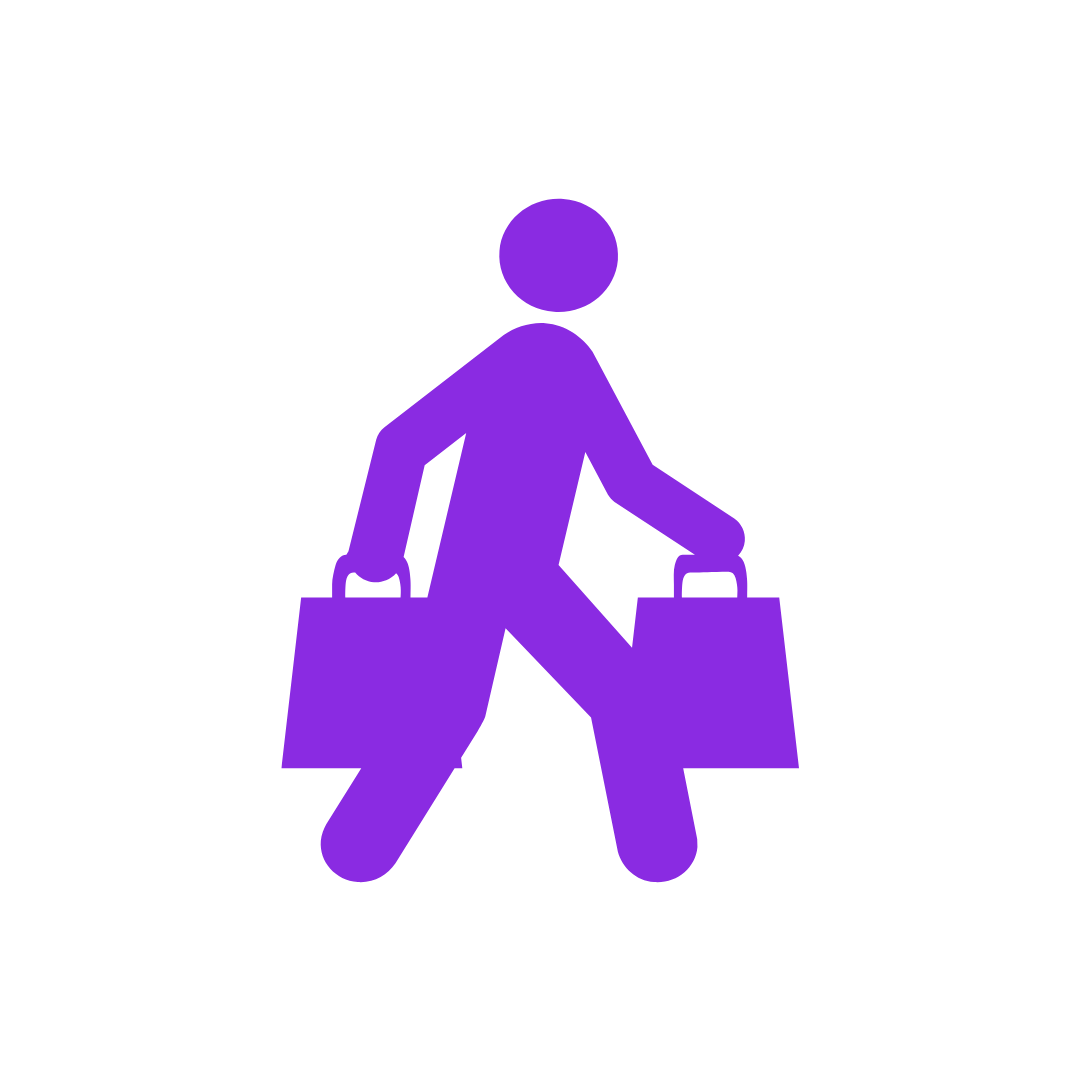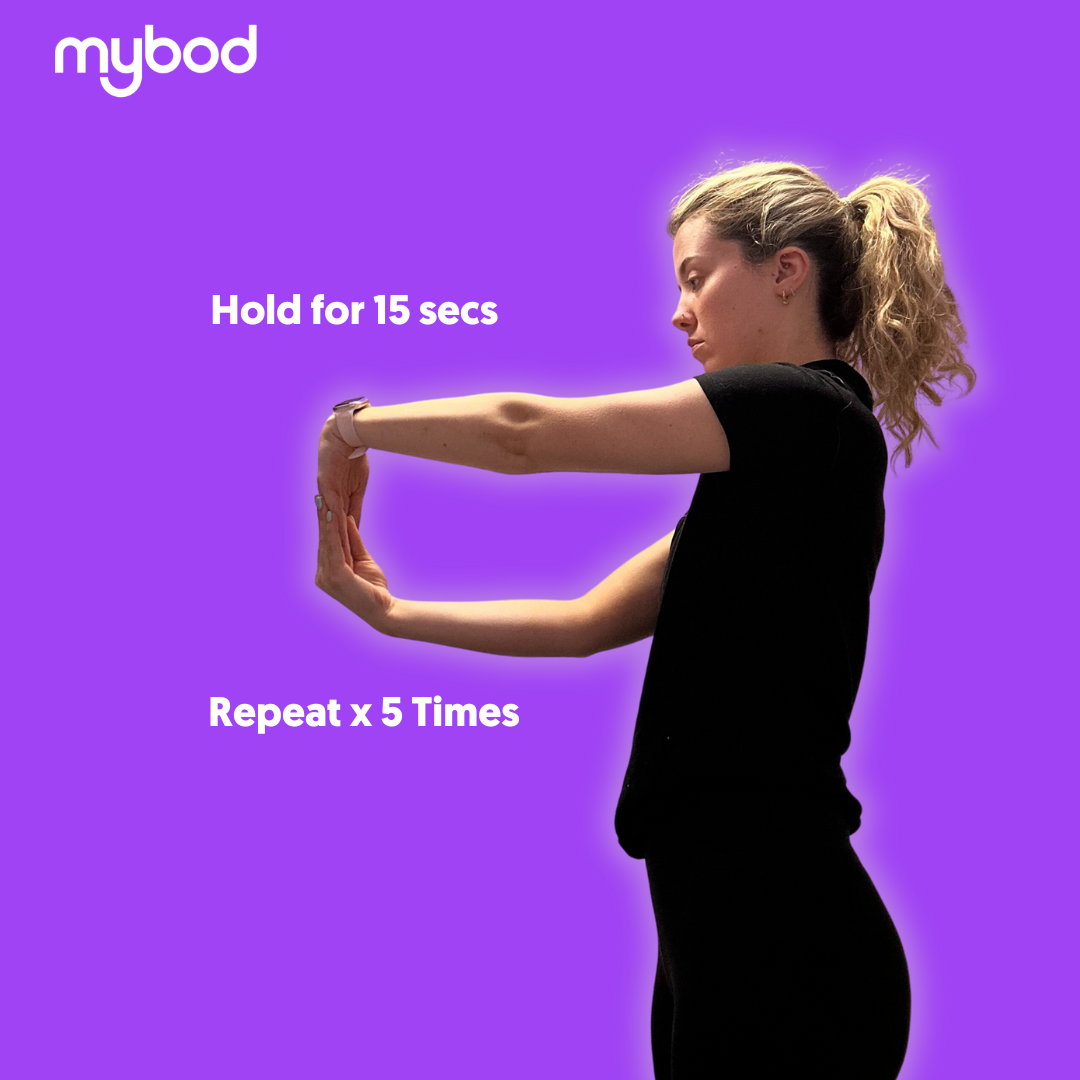What is Tennis Elbow?
“Tennis Elbow is an ‘overloading’ issue. Movement is essential for it, but the poison is in the dose!”
Tennis Elbow is a specific kind of injury commonly referred to as tendinopathy.
Tendinopathy is an injury where a tendon is repeatedly strained until tiny tears form. It is just a general descriptor of when a tendon is injured from overuse and is painful.
Tennis Elbow is typically classed as an ‘overuse’ injury, however, we’re not saying the poison is in the movement, but rather the dose. Otherwise known as Epicondylitis, Tennis Elbow is caused when the elbow and the muscles that surround it have become aggravated from exposure to more force than it can handle.
What Are The Symptoms of Tennis Elbow?
The most obvious symptom of Tennis Elbow is pain.
You may feel pain when;
1. Lifting or bending your arm
2. Twisting your forearm, such as starting your car or turning a door handle
3. Squeezing or holding small objects, like a pencil
What Are The Causes?
Tennis elbow is caused when there is overuse or repeated movement of the elbow which can then put strain on the tendons.
If the muscles are strained, tiny tears and inflammation can develop near the bony lump on the outside of your elbow and can cause pain and discomfort.
Despite the name, Tennis Elbow is not caused solely by playing tennis, but from any activity that involves repeated strain on the elbow.



Physiotherapy Treatment
The first port of call that we would recommend for treatment is exercises and stretching specifically designed by a Physiotherapist. This can help relieve symptoms in as little as 2 weeks with a potential for full recovery after 8 weeks of working with your Physio.
These exercises will include strengthening the muscles of your forearm, wrist and shoulder.
The key to Tennis Elbow recovery is to reset and load up slowly over time to allow your muscles and tendons to get used to that movement again.
A small comfort you can take from Tennis Elbow is that it does self-heal. It may take up to a year and a reduction in the intensity of the exercise you’re used to, but it will get better!
The pictures below are four exercises you can do at home if you have any of the symptoms of Tennis Elbow.
If you consult with a Physiotherapist, you will be given an even more in-depth exercise program which can help alleviate some of the pain.




Other Treatment Options
Some people will find benefit from elbow braces.
The idea with the elbow brace is it does not allow the muscle to fully contract or relax all while taking some pressure off of the tendons.
In some cases of Tennis Elbow, people are recommended to take steroid injections into the muscles around the painful part of your elbow.
These can increase the pain felt for the first 24-48 hours but after that people can notice a short term decrease in their pain.
Platelet Rich Plasma is a treatment where a surgeon will take a blood sample, and separate the healing platelets through a machine. They can then be injected into the affected joints.
As the long term benefits of PRP Treatment are still unknown, we would recommend this as a last resort after you have tried Physiotherapy
Take Home Message
If you think you might have Tennis Elbow after reading this blog, don’t panic!
You can try self-massaging and icing but ultimately we’d recommend booking in with a Physiotherapist to start addressing the cause of the pain.
If you choose to come to one of the Physios here at mybod, you will be fully assessed on your Tennis Elbow symptoms, but we will also assess other common causes of elbow pain.
The main thing is we want you to be comfortable during the appointment and to remember you’re always in control of how the appointment goes.
So the moral of the story is if you’re in pain, please remember you don’t have to deal with it alone and we’re here to help!
Click here to book an appointment with one of our expert Physiotherapists.
.


0 Comments